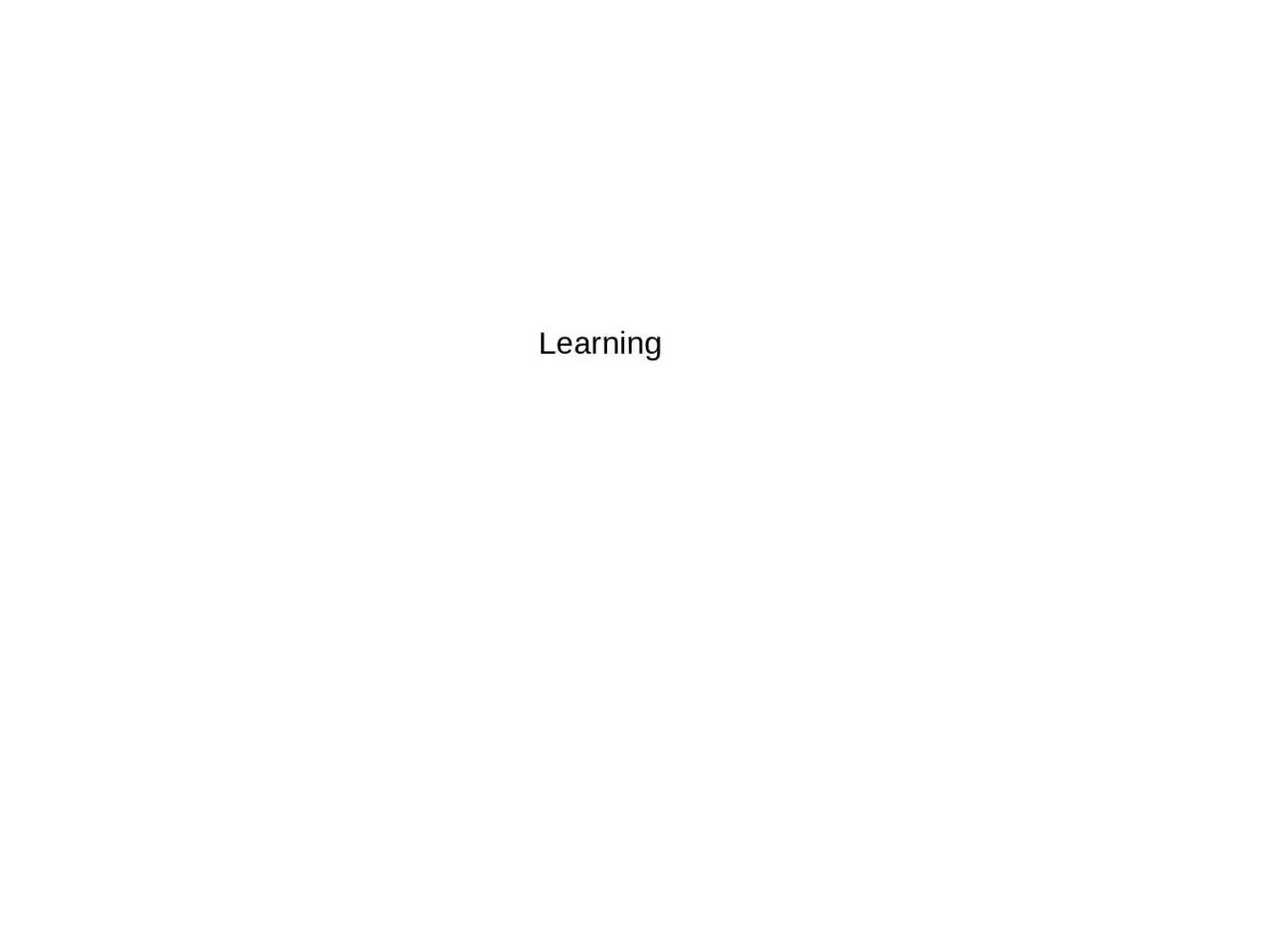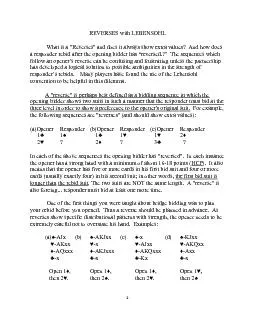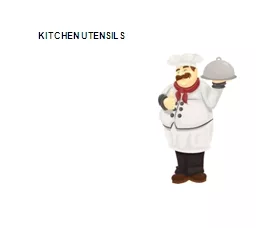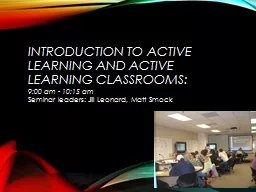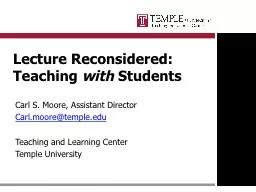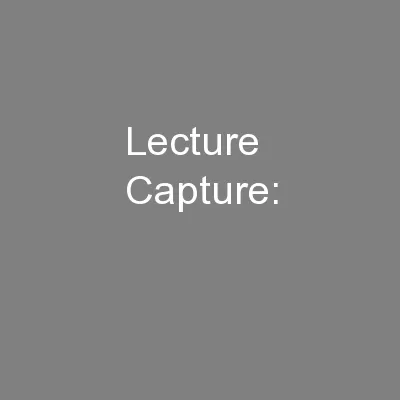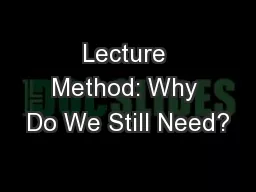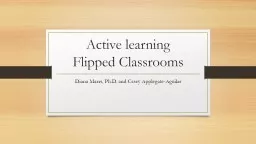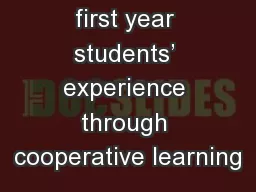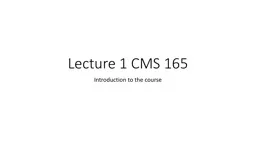PPT-Learning Lecture Opener:
Author : okelly | Published Date : 2024-02-03
Learned Helplessness Why do they stay Eight Learning Objectives Chapter 7 Define learning associative and non associative learning Classical Conditioning Operant
Presentation Embed Code
Download Presentation
Download Presentation The PPT/PDF document "Learning Lecture Opener:" is the property of its rightful owner. Permission is granted to download and print the materials on this website for personal, non-commercial use only, and to display it on your personal computer provided you do not modify the materials and that you retain all copyright notices contained in the materials. By downloading content from our website, you accept the terms of this agreement.
Learning Lecture Opener:: Transcript
Download Rules Of Document
"Learning Lecture Opener:"The content belongs to its owner. You may download and print it for personal use, without modification, and keep all copyright notices. By downloading, you agree to these terms.
Related Documents

